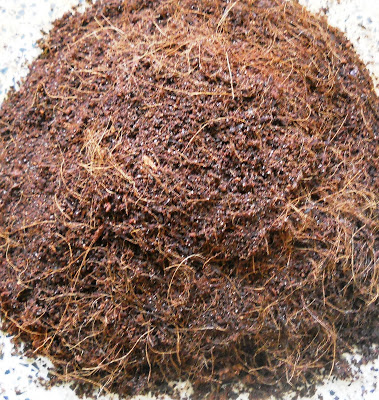Bearded Dragon Nesting Materials: A Beginner's Guide
Introduction: Why Proper Nesting for Bearded Dragons is Important
If you own a bearded dragon, you know how important it is to create a comfortable space for them to live in. In order to ensure that your bearded dragon stays healthy and happy, it’s important that you provide them with appropriate nesting materials. Nesting is an essential part of a bearded dragon’s life, and it can have a significant impact on their overall well-being.
What Are Bearded Dragon Nesting Materials?
Nesting materials for bearded dragons are items that are used to create a comfortable and safe space for them to lay their eggs. These materials can include a variety of different things such as sand, soil, coconut coir, and more. The primary goal of nesting materials is to provide a comfortable environment for your bearded dragon to lay their eggs and to ensure that the eggs are protected from harm.
Types of Bearded Dragon Nesting Materials
1. Sand
Sand is a popular nesting material for bearded dragons. It is affordable, easy to find, and can be purchased at most pet supply stores. Sand provides a great natural environment for your bearded dragons to lay their eggs. However, sand can be difficult to clean and it can cause respiratory problems for your bearded dragon if it is too fine. If you are going to use sand for nesting, make sure it is a coarse, grainy type of sand.

2. Soil
Soil is another common nesting material for bearded dragons. It is easy to find and it is inexpensive. Soil is a great material for nesting because it retains moisture well and it is easy to dig in. This makes it a great environment for your bearded dragons to create nests. However, soil can be messy and it can be difficult to clean up. In addition, some types of soil may contain harmful toxins or chemicals that can harm your bearded dragons.

3. Coconut Coir
Coconut coir is a natural and eco-friendly nesting material for bearded dragons. It is made from the husk of coconuts and it is a renewable resource. Coconut coir is easy to work with and it retains moisture well. It is also easy to clean up and it doesn’t pose any health risks to your bearded dragon. However, coconut coir can be expensive and it may not be readily available in your area.

How to Set Up Bearded Dragon Nesting Materials
When setting up nesting materials for your bearded dragons, it’s important to create a safe and comfortable environment for them. Follow these steps to set up your bearded dragon’s nesting materials:
- Choose a suitable container: A plastic tub or a large enclosure can work as a nesting box. Make sure that it is big enough for your bearded dragon to move around comfortably.
- Choose the nesting material: Choose a nesting material that suits your budget and your bearded dragon’s needs. Remember to avoid any materials that may be harmful to your bearded dragon.
- Install a heat source: Bearded dragons need heat to encourage egg-laying. You can install a heat mat or a heat lamp to keep the nesting area warm.
- Provide a hiding spot: Bearded dragons like to have a hiding spot when they are laying eggs. You can use a small box or a piece of wood as a hiding spot.
- Place the nesting material in the container: Make sure to create a deep layer of nesting material to allow your bearded dragon to dig their nest.
- Monitor the nesting area: Keep an eye on your bearded dragon to make sure that they are comfortable and that the nesting area is suitable for them.
Conclusion
Nesting materials are an important component of a bearded dragon’s life. By providing them with a comfortable and safe environment for nesting, you can help ensure that they stay healthy and happy. Choosing the right nesting materials can be a bit of trial and error, so don’t be afraid to try different options until you find the perfect fit for your bearded dragon. If you have any doubts, always consult with a veterinarian or a reptile expert for guidance.
